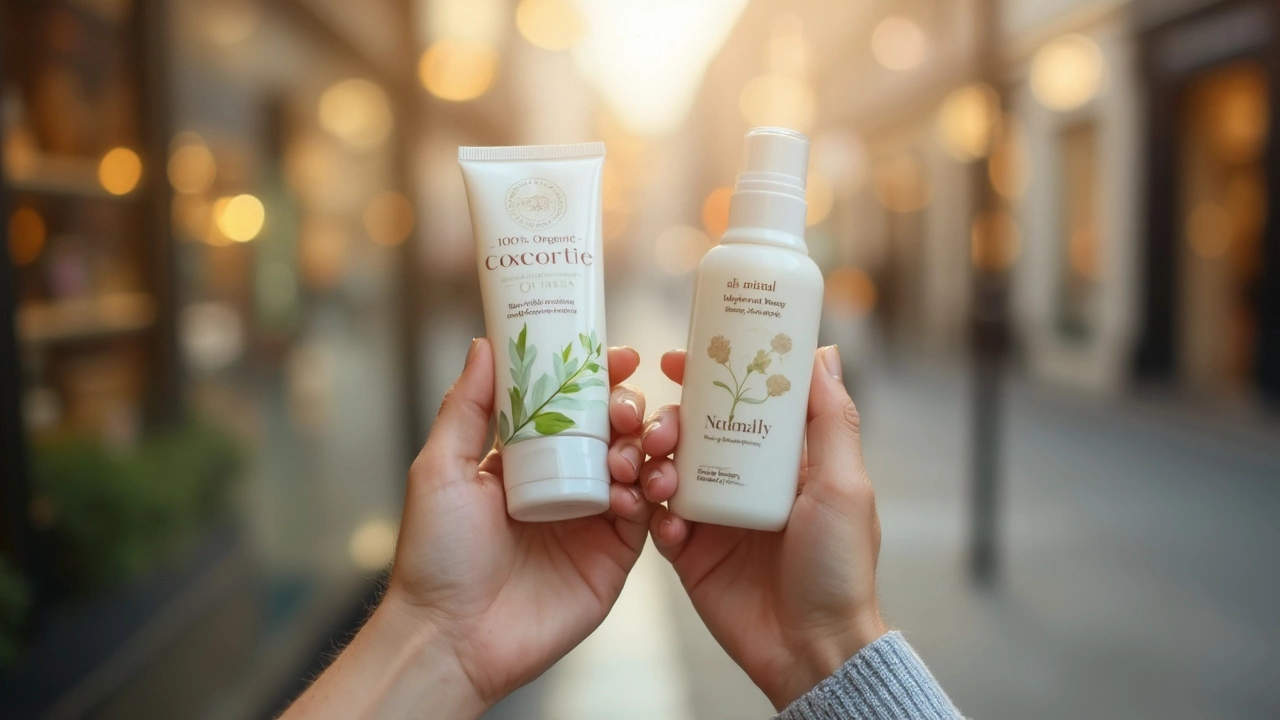Green Beauty Made Simple: Your Practical Guide to Eco‑Friendly Beauty
Ever wonder why everyone keeps talking about "green beauty"? It’s not just a buzzword – it’s about choosing products that are kind to your skin and the planet. In this guide you’ll get straight‑to‑the‑point advice on spotting truly sustainable items, swapping out harmful ingredients, and building a routine that feels good and does good.
What Counts as Green Beauty?
Green beauty isn’t a vague vibe; it means products made with natural, responsibly sourced ingredients, packaged in recyclable or reusable containers, and manufactured with low‑impact processes. Look for certifications like "organic," "vegan," or "cruelty‑free" – they’re quick clues that a brand is taking responsibility seriously.
One easy rule: if a product lists a long list of chemicals you can’t pronounce, it’s probably not green. Instead, aim for simple formulas where the first three ingredients are recognizable, like shea butter, coconut oil, or green tea extract.
How to Build a Green Beauty Routine
Start with the basics. Swap your regular cleanser for a gentle, plant‑based wash – think almond milk or oat‑infused formulas. Next, pick a moisturizer that uses hyaluronic acid derived from fermented plants instead of synthetic versions. For makeup, choose foundations that use mineral pigments and avoid parabens or phthalates.
When you shop, bring a reusable bag and ask the retailer about refill stations. Many UK stores now offer refillable bottles for shampoos, conditioners, and even liquid soaps. This cuts down on plastic waste and often saves you money in the long run.
Don’t forget the power of DIY. A simple mix of DIY lip balm – beeswax, almond oil, and a hint of peppermint oil – can replace pricey, chemically loaded sticks. It’s fun, cheap, and you know exactly what’s on your lips.
Check out the latest natural product round‑ups for guidance. Recent lists of the best natural skin ingredients (like manuka honey, jojoba oil, and green tea extract) show which items actually work and which are just hype. These guides make it easy to pick ingredients that deliver real results without compromising your values.
Finally, keep an eye on packaging. Glass jars, aluminum tins, or biodegradable pouches are far better than single‑use plastic. If a brand offers a take‑back program, use it – they’ll recycle or reuse the containers for you.
By focusing on these simple steps – clear ingredient lists, responsible packaging, and refill options – you can turn any beauty routine into a green one without feeling overwhelmed.
Ready to go green? Start with one product change a week and notice how your skin feels and how much waste you reduce. Small moves add up, and before you know it, your bathroom will be a greener, healthier space.
Organic vs Natural Skin Care: What Really Sets Them Apart?
Struggling to figure out if your skin care is organic or just calling itself natural? This article dives into what these buzzwords actually mean on your product labels, breaks down real differences, and shares practical tips for shopping smarter. No fluff—just straightforward facts that help you spot greenwashing and make the healthiest choices for your skin. If you’re looking for less confusion in the beauty aisle, you’re in the right place. Get ready to find out what you’re really putting on your face.
Most Non-Toxic Skincare: How to Get Truly Clean, Organic Products
Looking for the most non-toxic skincare isn’t just a trend—it’s about avoiding harsh chemicals and keeping your skin healthy. This article breaks down what non-toxic skincare really means, how to spot safe organic products, and which ingredients are actually good for your face. You'll also get tips on making smarter choices in the beauty aisle. Discover how to read between the lines on your skincare labels so you get the safest, cleanest stuff possible.

